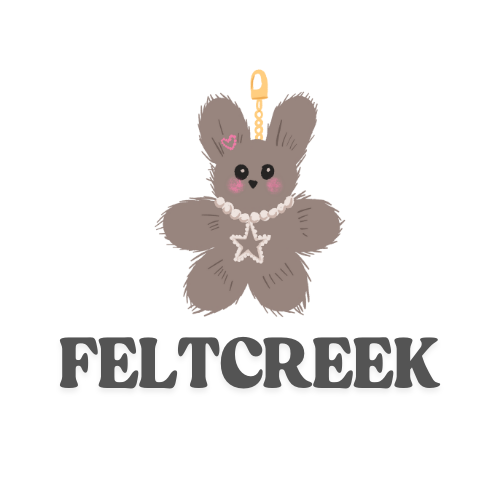Introduction
In a world of fast fashion and automated production, handmade felted bag charms offer a refreshing return to tradition. These soft, colorful accessories are rooted in centuries-old felting techniques yet are now being reinvented to suit contemporary tastes and lifestyles. The charm of these miniature creations lies in their cultural richness, artistic diversity, and deep personal expression.
The Art of Felting
Felting is one of the oldest textile crafts, dating back to ancient Asia and the Middle East. It involves matting, condensing, and pressing wool fibers together using heat, moisture, and friction. Over centuries, felting evolved from making garments and shelter covers to creating decorative and wearable art.
Today, artisans use dry felting (needle felting) and wet felting to create intricate bag charms. Each process is manual, requiring precision and patience. The resulting pieces are durable, soft, and incredibly detailed.
Modern Designs with Cultural Touches
While some charms are designed with universally appealing shapes like hearts or animals, others incorporate cultural symbolism. For example, Japanese artisans often create lucky cat charms, while Nordic artists may craft charms inspired by folklore.
These cultural references make felted charms not just accessories, but conversation pieces. They carry with them stories, traditions, and a connection to a global crafting heritage.
Customization and Connection
Consumers today crave connection and authenticity. Handmade felted charms allow for this through customization. Whether it’s a bear in a tutu, a panda in a toast costume, or a peach with a face, these charms can be tailored to reflect moods, memories, or personal aesthetics.
Such custom work invites collaboration between artisan and customer, resulting in unique products that feel personal and emotionally significant.
A New Generation of Crafters and Buyers
The charm trend is not just consumer-driven. A new wave of young artisans, many of whom start as hobbyists, are now turning felting into thriving businesses. With online platforms, even beginners can reach international audiences, sell globally, and receive feedback instantly.
On the buyer side, Gen Z and Millennials are leading the push for sustainable and handmade products. Their preferences have created a resurgence in handmade accessories, fueling demand for felted charms and inspiring innovation.
Impact on Fashion and Retail
Major fashion houses and retailers are taking notice. Collaborations between designers and felting artisans have resulted in luxury bag collections with detachable felted charms. Some high-end boutiques even carry curated selections of handmade pieces, blurring the line between fine art and fashion accessory.
Online retailers are also dedicating categories for “slow fashion” and “handmade goods,” making it easier for consumers to find and support small-scale creators.
Conclusion
Handmade felted bag charms offer a rare combination of beauty, history, and personal expression. As both fashion items and storytelling objects, they represent the values of a new generation: thoughtful consumption, appreciation of craft, and celebration of individuality. In a fast-moving world, these tiny woolen piece
